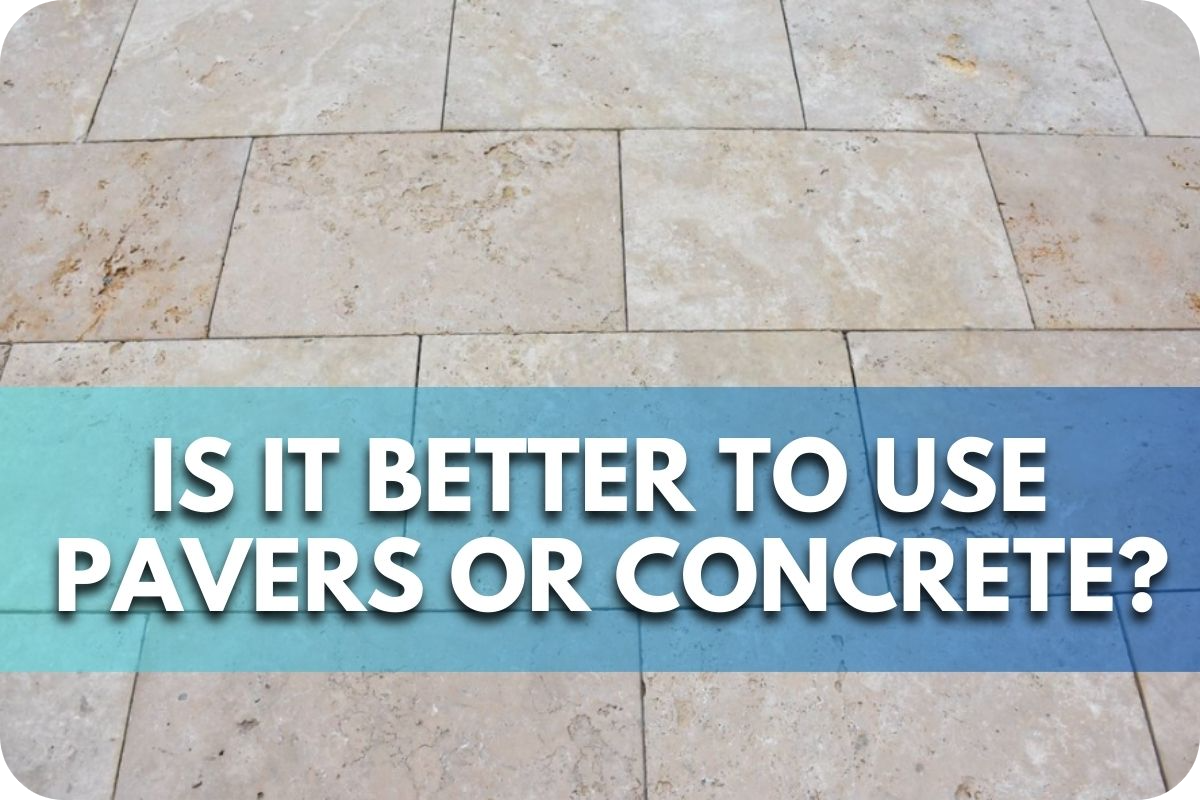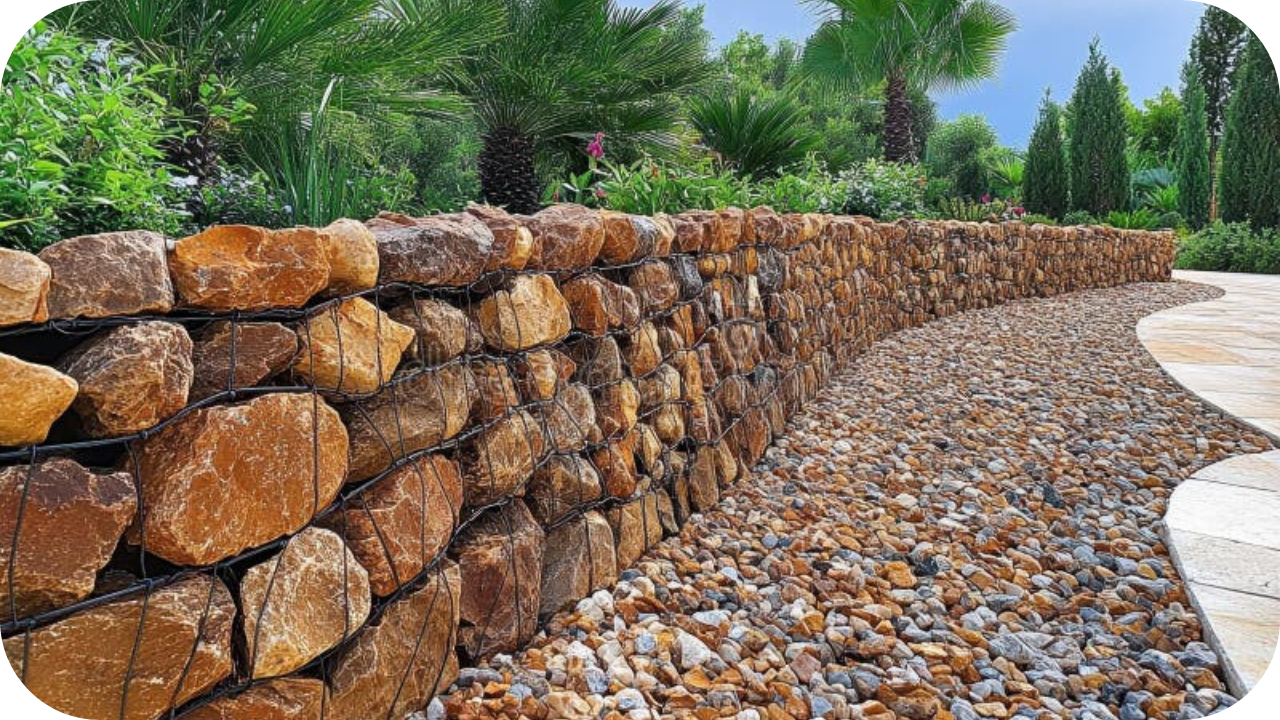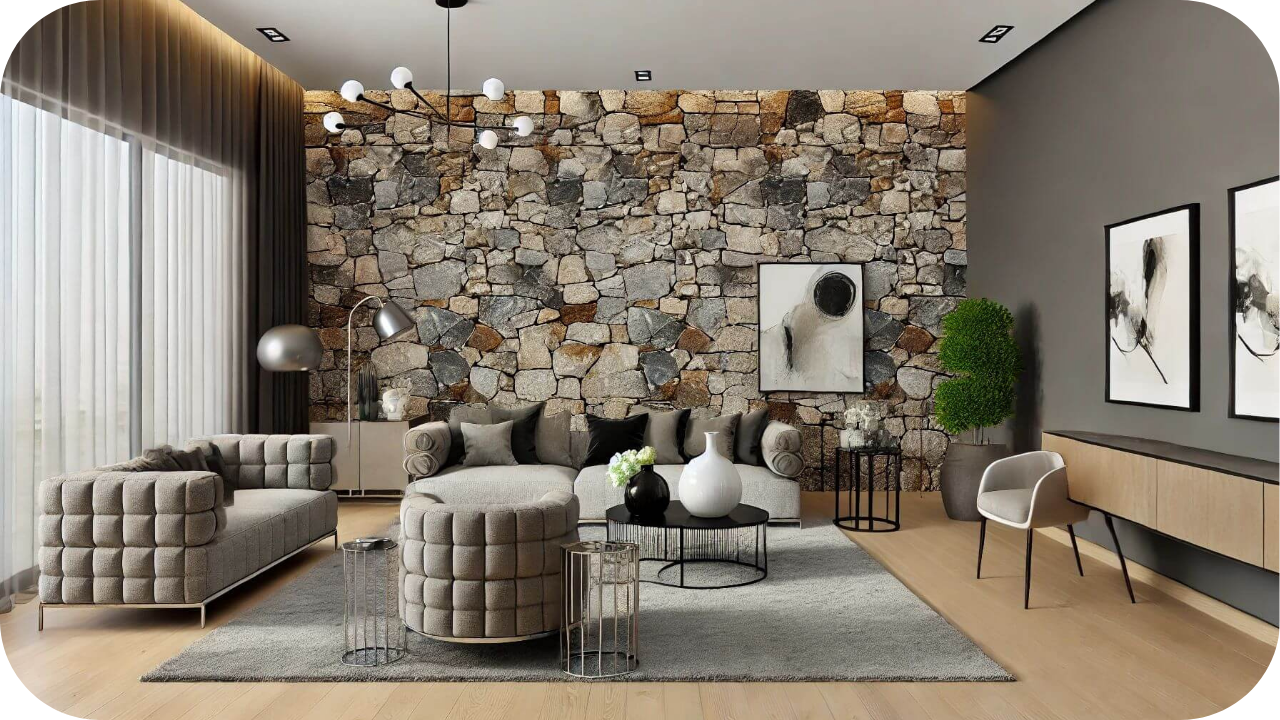
Struggling to decide between pavers or concrete for your next project? The choice can be daunting, considering factors like durability, aesthetics, and cost.
Uneven surfaces, cracking, and limited design options often plague concrete installations, while pavers offer versatility but may require more maintenance.
However, by examining the unique benefits and drawbacks, you can confidently make the right decision for your specific needs and create stunning, long-lasting results. Let’s delve deeper into this critical decision.
Is It Better to Use Pavers or Concrete?
Pavers are generally the superior choice for most applications. While concrete is cheaper upfront, pavers offer exceptional durability, longevity, and design versatility. They’re less prone to cracking, and easier to repair, and their modular nature allows for intricate patterns and unique designs.
Understanding Pavers
Pavers are versatile materials used in landscaping and construction, available in various types such as stone and brick. These materials are typically interlocking, allowing for flexible installation patterns and designs.
Pavers are typically installed over a compacted base and secured with joint sand to create stable and functional outdoor spaces.
Benefits Of Choosing Pavers
- Aesthetic Diversity: Pavers offer a wide range of styles, colours, and textures, allowing customisation to match any architectural or landscaping theme.
- Flexibility: Pavers can be arranged in numerous patterns, including herringbone, basket weave, or running bond, providing design flexibility to suit different preferences and project requirements.
- Durability: Pavers are known for their strength and durability, capable of withstanding heavy foot traffic, vehicular loads, and harsh weather conditions without cracking or breaking.
- Easy Repair and Replacement: If a paver becomes damaged or stained, it can be easily replaced without disturbing surrounding materials. This feature makes maintenance and repairs more straightforward compared to concrete surfaces.
- Drainage: Pavers typically have joints between them, allowing water to drain and preventing puddling or flooding. This drainage feature enhances safety and prevents water damage to the underlying surface.
- Cost-Effectiveness: While initial costs may vary depending on the type of paver chosen, their longevity and ease of maintenance often make them a cost-effective option in the long run.
Understanding Concrete
Concrete is widely used in outdoor spaces due to its durability, versatility, and cost-effectiveness. It comprises a mixture of cement, water, and aggregates such as sand and gravel, which are poured into moulds and allowed to harden.
Here’s an overview of concrete as a material choice for outdoor spaces:
Concrete is a popular choice for driveways, walkways, patios, and other outdoor surfaces due to its ability to withstand heavy loads, harsh weather conditions, and regular use. To enhance aesthetics, it offers a solid, uniform surface that can be customised with various finishes, including stamped, stained, or polished.
Advantages Of Using Concrete:
- Cost-Effectiveness: Concrete is often more affordable than other paving materials, making it an economical choice for large outdoor projects. Its long lifespan and low maintenance requirements further contribute to its cost-effectiveness.
- Durability: Concrete is known for its strength and durability. It can withstand heavy traffic, extreme temperatures, and moisture exposure without deteriorating or cracking. Properly installed and maintained concrete surfaces can last for decades, making them a reliable option for outdoor applications.
- Versatility: Concrete offers versatility in design and customisation, allowing for a wide range of colours, patterns, and textures to suit different aesthetic preferences and project requirements. It can be stamped, stained, or textured to mimic the appearance of natural stone, brick, or other materials, providing endless design possibilities for outdoor spaces.
Comparison of Pavers and Concrete
| Aspect | Pavers | Concrete |
| Installation | Requires more time, labour, and skill. Each unit is laid over a compacted base and secured with joint sand. | Easier and faster; involves pouring and levelling the concrete mixture. |
| Cost | Higher initial costs but lower long-term costs due to durability and ease of repair. | Generally lower initial costs, but potentially higher long-term costs due to maintenance. |
| Durability and Maintenance | Superior durability, flexibility without cracking, maintenance involves resealing and joint sand replacement. | May crack in freeze-thaw cycles; maintenance may include patching and resurfacing. |
| Aesthetic and Design Flexibility | High aesthetic diversity with various colours, patterns, and textures. Offers creative design possibilities. | Some customisation is available (e.g., stamped or stained), but more limited than pavers. |
| Resale Value | Often enhances resale value due to aesthetic appeal and durability. | Can improve curb appeal but generally offers less impact on resale value than pavers. |
Environmental Considerations
Your comparison covers the key environmental impacts of pavers and concrete effectively. Here’s a bit more insight into both:
- Durability and Maintenance: Pavers tend to be more durable against cracking than concrete. When individual paver stones are damaged, they can be replaced individually, significantly reducing the need for entire surface replacements and reducing waste over time. Concrete generally has a longer life cycle and requires extensive and energy-intensive repairs if cracked.
- Heat Retention: Concrete retains more heat than lighter-coloured or specially designed permeable pavers.
This difference can contribute to the urban heat island effect, where urban regions become significantly warmer than their rural surroundings, leading to higher energy consumption for cooling.
- Lifespan and Life Cycle: Both materials have significant lifespans, but the ease of repair and replacement for pavers can often extend their functional life beyond that of concrete in demanding environments. Additionally, the life cycle assessment of both materials, including raw material extraction, production, transportation, and end-of-life disposal, can further influence their overall environmental impact.
- Resource Efficiency: Concrete production is resource-intensive, often requiring sand, gravel, water, and significant amounts of cement. In contrast, pavers can be made from various materials, including recycled plastics, rubber, or reclaimed stone, which can mitigate the environmental impact associated with resource extraction.
Use Cases and Recommendations
Pavers are ideally suited for areas requiring aesthetic appeal and functionality, such as patios, walkways, and residential driveways. Their versatility in design allows for unique patterns and colour combinations, enhancing curb appeal.
Pavers are particularly recommended for regions with severe weather changes; their interlocking design accommodates expansion and contraction without cracking. Additionally, for environmentally sensitive zones, permeable pavers improve water drainage and reduce runoff, making them a sustainable choice.
Concrete is best used in large, utilitarian spaces such as commercial driveways, parking lots, and industrial zones with higher load-bearing capacity. It’s cost-effective for large projects due to lower material costs and simpler installation processes.
Concrete slabs are also favourable in areas where a smooth, continuous surface is desired for activities like skateboarding or basketball.
Pavers offer durability and easy repair for driveways, making them a strong candidate for residential properties. The aesthetic flexibility of pavers is highly advantageous for patios and walkways. In contrast, concrete is recommended for large, flat areas where cost and simplicity of installation are priorities.
Expert Opinions
Architects, landscapers, and builders offer varied perspectives on the choice between pavers and concrete, emphasising suitability based on specific project needs and environments.
- Architects often prefer pavers for residential projects due to their aesthetic versatility and the value they add to property aesthetics. One architect highlighted a case where a home resale value increased significantly after replacing a cracked concrete driveway with pavers, showcasing the long-term financial and visual benefits.
- Landscapers recommend pavers for areas requiring effective drainage and aesthetic appeal, such as gardens and patios. They cite the environmental benefit of permeable pavers in managing stormwater and reducing runoff, a critical factor in sustainable urban planning.
- Builders emphasise concrete’s practicality and cost-efficiency in large commercial projects. They note that concrete’s durability and lower initial cost make it suitable for industrial applications. A notable case involved a large shopping centre parking lot, where concrete was favoured for its ability to withstand heavy traffic and lower installation costs.
Conclusion
Pavers excel in aesthetic versatility and environmental sustainability, whereas concrete stands out for its cost efficiency and ease in large-scale applications.
Homeowners and builders should consider these factors carefully.
For personalised advice and a detailed assessment, engaging with a construction expert will ensure the best choice for your specific project needs.
More To Explore

8 Advantages of Using Stone Grid Gabions in Your Landscape
Are you seeking a durable, cost-effective solution to elevate your landscape? Stone grid gabions might be the perfect choice! These versatile, eco-friendly structures offer a

10 Stunning Feature Wall Ideas Using Natural Stone
Looking to elevate your home with a stunning feature wall? Natural stone offers a timeless, elegant touch that can transform any room. From sleek marble


